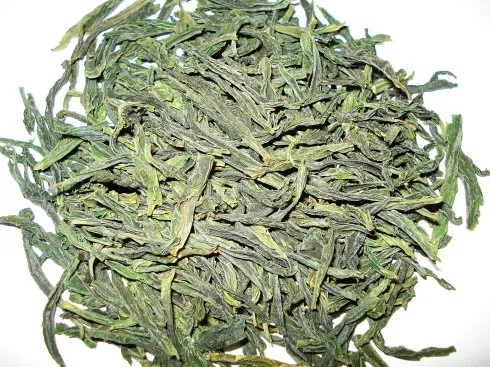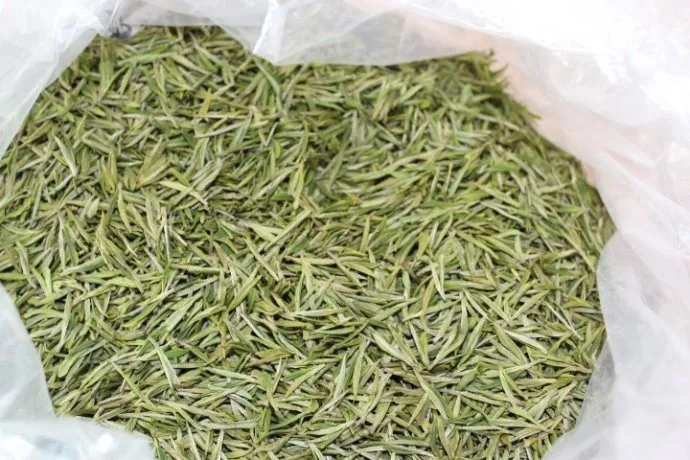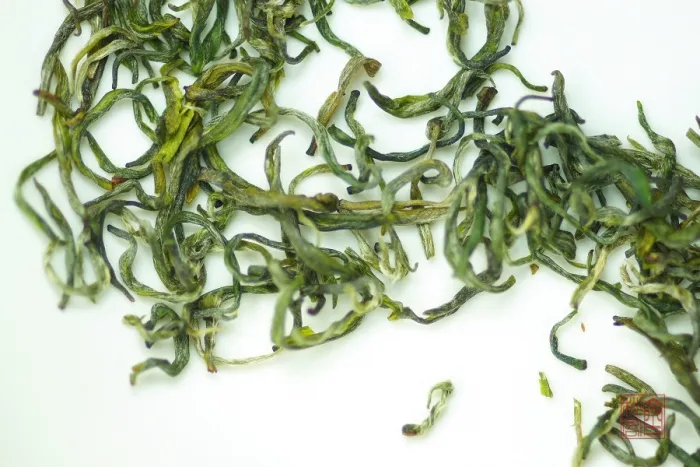Introduction
Welcome to the presentation on Chinese Tea Culture in English. This presentation aims to provide an overview of the rich history and cultural significance of tea in China, as well as its role in modern society.
Chinese Tea HistoryTea has been a part of Chinese culture for thousands of years, with a history dating back to at least the 3rd century BCE. The word "tea" comes from the Chinese word "chá", which means "boiled water" or "boiled tea".
The Importance of Tea in Chinese CultureTea is not only a beverage, but also a symbol of hospitality, friendship, and respect for the elderly. It is also a symbol of unity and a symbol of the Chinese nation. Tea is the most widely consumed beverage in China, with over 59% of the population drinking it daily.
The Varieties of Tea in ChinaThere are many varieties of tea in China, each with its own unique taste and cultural significance. The most well-known varieties include green tea, black tea, white tea, and oolong tea.
The Preparation of TeaThe preparation of tea is a highly regulated and intricate process, with many different techniques and methods used to prepare different types of tea. From the selection of the leaves, to the steeping of the tea, to the serving of the tea, each step is carefully performed to ensure the perfect taste and flavor.
The Role of Tea in Modern SocietyTea continues to play an important role in modern society, not only as a beverage but also as a symbol of sophistication and elegance. It is also a symbol of hospitality and friendship, and is often consumed as a symbol of national pride and unity.
ConclusionIn conclusion, Chinese tea culture has a rich history and cultural significance, and continues to play an important role in modern society. From the ancient times to the present, tea has been an integral part of Chinese culture, and it is a beverage that is worth learning and exploring more about.












